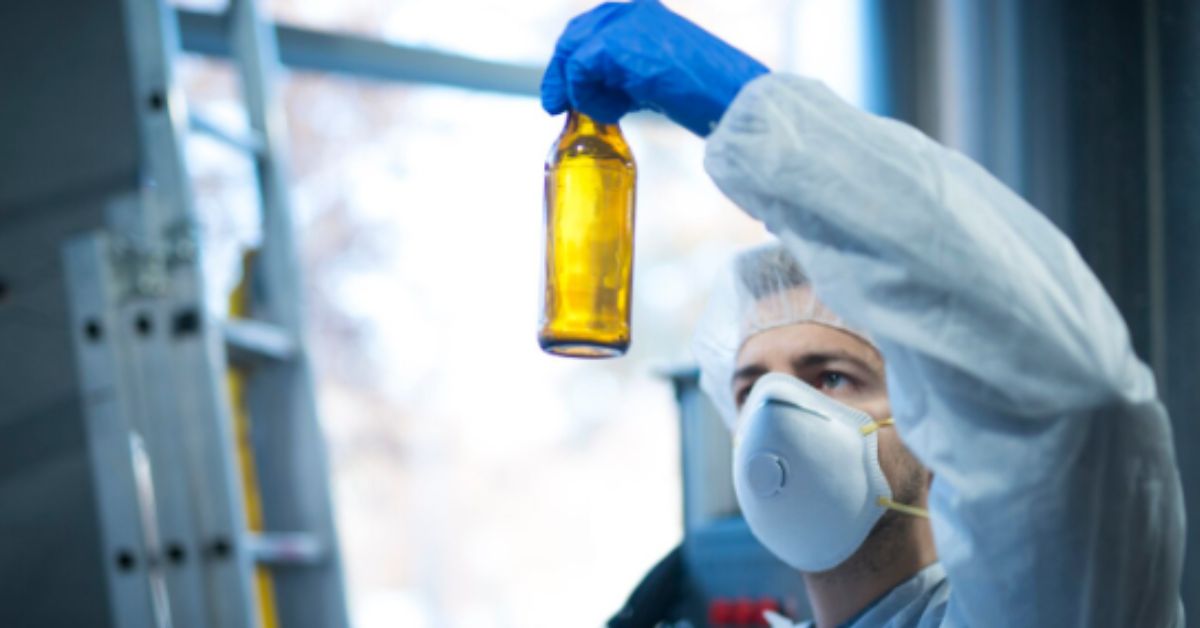When it comes to hazardous material detection, there is no room for error. Ensuring safety, regulatory compliance, and environmental protection requires a commitment to accurate analysis. From asbestos contamination to chemical leaks, the consequences of poor detection can range from health risks to legal penalties.
This blog takes a closer look at the tools and techniques that professionals use to identify hazardous materials accurately, the importance of regular inspections, and examples where precision in detection makes all the difference. Whether you’re a facility manager, a contractor, or a homeowner looking into asbestos testing in Salt Lake City, understanding accurate analysis methods could save lives and costs.
Why Accurate Hazardous Material Detection Matters
Ensuring accuracy in hazardous material detection involves much more than ticking boxes for compliance. It’s about protecting people, preserving the environment, and avoiding costly mistakes.
Safeguarding Health and Safety
Some hazardous materials, like asbestos or lead, can have long-term health effects if left improperly managed. For example:
- Asbestos inhalation is linked to lung cancer, mesothelioma, and asbestosis.
- Lead exposure causes developmental issues in children and kidney damage in adults.
Detecting such materials early allows for prompt removal, significantly reducing health risks and ensuring a much safer environment.
Meeting Legal Compliance
Regulatory bodies like the EPA and OSHA have strict guidelines for hazardous material monitoring. Non-compliance can result in hefty fines or shutdowns, creating logistical and financial bottlenecks. Accurate detection ensures adherence to these regulations and avoids unwanted penalties.
Reducing Environmental Risks
Hazardous material leaks or improper waste disposal can severely harm ecosystems. For instance, chemical spills in groundwater can render it undrinkable for decades. Precision in detecting such issues prevents irreversible ecological damage.
Key Methods and Tools for Hazardous Material Detection
A range of advanced technologies and methods ensures the efficiency and accuracy of hazardous material analysis. Here’s an overview of the most effective ones:
Inspection-Based Diagnosis
Initial inspections by licensed professionals are often the starting point for hazardous material detection. Infrared thermography and manual site evaluations help flag potential issues for further scrutiny.
Microscopic Analysis
Materials like asbestos demand high precision for detection. Using polarized light microscopy (PLM) or transmission electron microscopy (TEM), specialists analyze fiber samples, providing crystal-clear confirmation of presence and concentration levels.
Fun Fact: PLM, commonly used in asbestos testing, determines the refractive index of fibers within a sample to confirm if asbestos is present.
Air Quality Testing
Poor indoor air quality often signals the need for hazardous material detection. Portable air monitors can measure Volatile Organic Compounds (VOCs), particulate levels, and other harmful materials in the air.
Real-Time Sensors
For highly-reactive chemicals, real-time sensors like Fourier-transform infrared spectroscopy (FTIR) enable immediate identification of hazardous materials in confined spaces or industrial zones. This helps mitigate risks quickly in time-critical situations.
Portable XRF Machines
Handheld X-ray fluorescence (XRF) analyzers are essential for identifying lead content in old paint or soil contamination on construction sites. Their portability ensures spot-on and on-the-go testing for rapid results.
Advanced Software Systems
Analytical software solutions now use AI-driven algorithms to map potential contamination trends. These systems interpret data from various devices, offering actionable insights for mitigation plans.
Common Mistakes to Avoid in Material Detection
Even with access to cutting-edge tools, human oversights or improper methodologies can skew results. Here are some crucial errors to steer clear of:
- Skipping Regular Calibration: Without regular calibration, testing tools lose accuracy over time, leading to unreliable data.
- Improper Sampling: A small but improperly handled sample can lead to false negatives, leaving hazardous materials unnoticed.
- Rushing the Process: Some detection technologies, particularly microscopic analyses, require adequate time for evaluation.
- Ignoring Contextual Data: Failing to consider environmental factors, like humidity levels or historical data, can compromise detection outcomes.
Staying vigilant and following best practices equips professionals with accurate results they can confidently act upon.
How to Ensure Thorough Hazardous Material Detection
- Hire Experts: Always engage licensed, reputable professionals who have a proven track record in hazardous material detection.
- Stay Updated: Technology in this domain evolves quickly. Investing in the latest tools ensures more precise results.
- Schedule Regular Testing: Especially for older buildings and industrial spaces, periodic inspections prevent long-term hazards.
- Educate Yourself: Gain an understanding of basic terms like PLM and VOCs to make informed decisions when discussing recommendations with your testing providers.
Take Charge of Safety Before It’s Too Late
Accurate hazardous material detection isn’t just about compliance or environmental responsibility. It’s about safeguarding your people, projects, and future. By leveraging modern tools and avoiding common pitfalls, businesses and homeowners can confidently mitigate risks before they spiral out of control.
If you’re a homeowner, contractor, or property manager, and you’re concerned about potential hazards, take that first step towards security. Whether you need advice or comprehensive asbestos testing in Salt Lake City, relying on professionals equipped with precision tools will provide peace of mind and sustainable solutions.
Reach out today to learn more about ensuring safety through exceptional hazardous material analysis!

